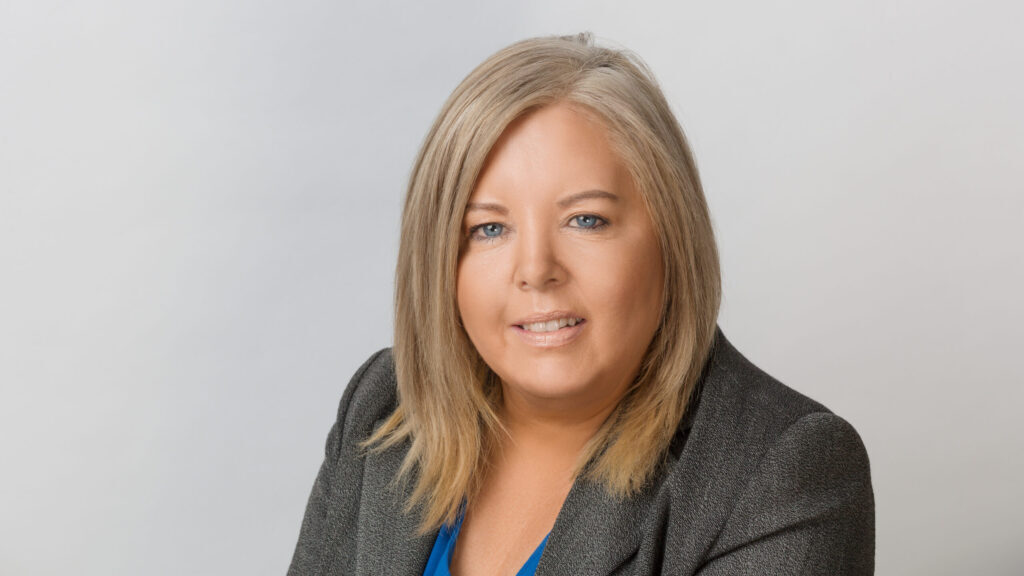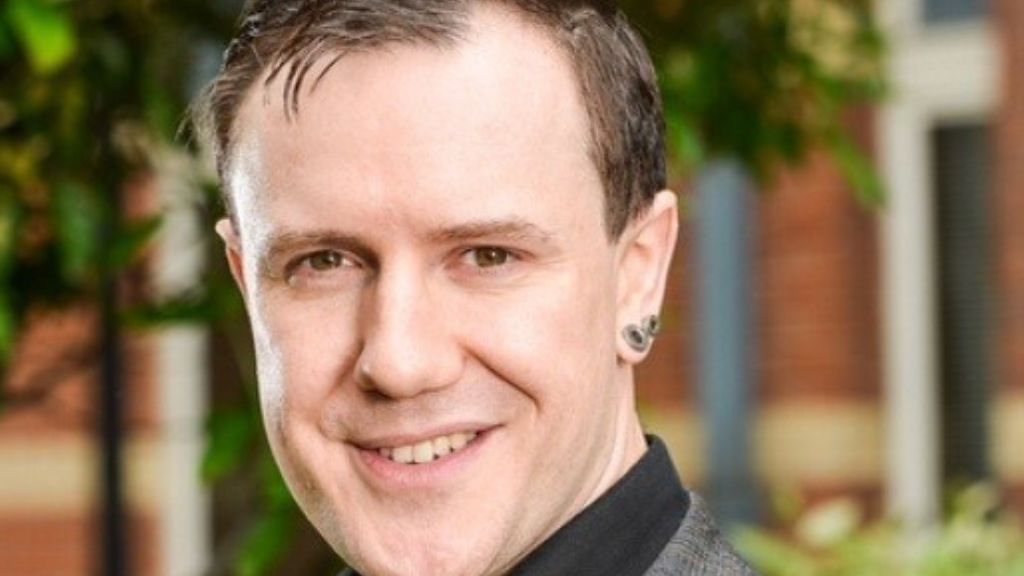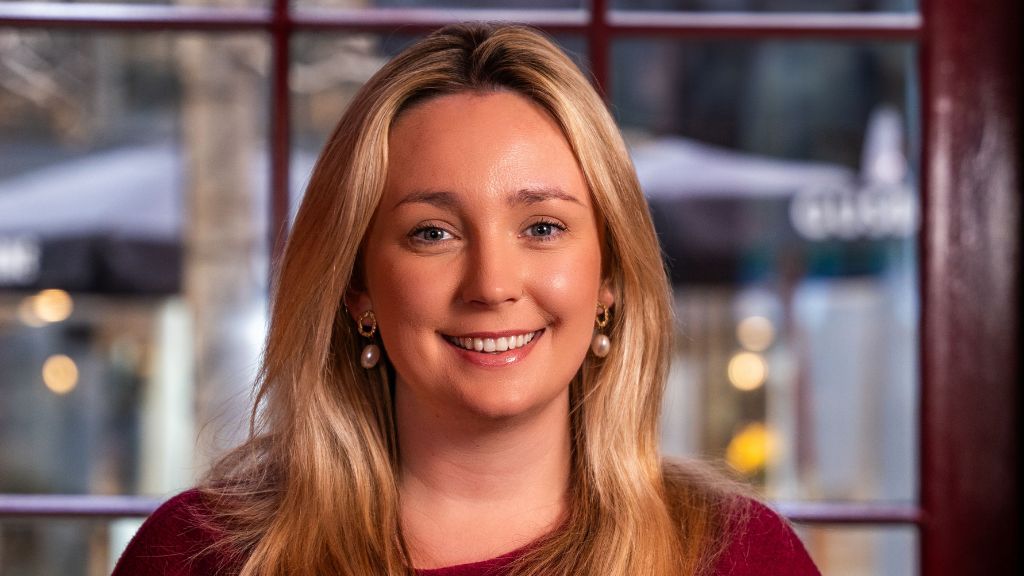Leader’s spotlight: Heart-centred care

Lee Peart talks to Bracebridge Care Group’s chief executive Samantha Crawley who says creating a happy workforce is the secret of great care
“They had already started building three care homes and were looking for somebody who understood care,” says Samantha.
When asked what her vision for Bracebridge was, Crawley says: “My vision came from years of making mistakes. Every mistake I have made I have tried to create a vision to enable us not to make those same mistakes again, maybe make different ones, but not those same ones.
“We wanted to make a space where people with really complex needs can live which feels like home and not like hospital, with an engaged team who are really heart-centred.
“I know everyone talks about person-centred care, but the original philosophy was never about the person getting the care, it was about the person who is giving the care. It was meant to come from the centre of the carer.”
Home from home
With more than 20 years’ experience in care homes and being a director of The Outstanding Society, few people could have been better qualified for starting a new care business than Crawley who was then Excelcare’s director of care quality and transformation.
With the build of company’s three care homes, The Maples in Telford, The Oaks in Bromsgrove and The Rowans in Wigan, well under way, Crawley immediately went about helping to make their design feel more homely.
“We had the opportunity to redesign them and make them feel more like home and much less clinical than the original design – really thinking about how people use space, especially people living with dementia,” Crawley says.
“The business as it is today wasn’t set up at all. We had to build a business, a brand, a website and everything. There was a lot of work to do in a short amount of time.”
Crawley gives her designers a typically idiosyncratic and unorthodox brief that is succinct and to the point.
“There needs to be sofas,” Crawley laughs. “In your living room you have sofas, you don’t have a load of chairs. They need to be somewhere where somebody can put their feet up, the dog can come and jump on them and the grandkids can play around and it feels like home.
“The designers kind of look at me like ‘are you insane or what?’ but that’s how we live isn’t it? We don’t live in hotel style places with lots of chairs around.
“If you treat somebody like an animal and cage them, they will act like one. If we treat somebody with kindness and give them a home they have more chance of feeling human and being human. You need to keep the stuff of life around people and not take it away. If you live with dementia you need stuff to pick up and engage you. If that’s not there, then there will be issues as people will be bored and unfulfilled.”
Crawley says plans were in the pipeline for each care home to have its own dog to further supplement their homely environment. Bracebridge also makes every effort to accommodate people’s pets to help them feel at home.
People are also given full licence to personalise their bedrooms as well as their communal spaces.
“We need to make the living spaces be places where people can have their own things,” Crawley sayd. “Traditionally in care homes we have restricted people to just their bedroom space.”
At Bracebridge, people are encouraged to decorate their living rooms with their family pictures.
“If they want pictures of their grandkids by the fireplace because that’s where they always were, then let’s do that,” Crawley says.
Led by Crawley, Bracebridge takes an innovative and creative approach to keeping people engaged. Visitors to their homes may be surprised to find props such as wedding dresses hanging in hallways.
“We use tools and props to help divert different situations,” Crawley explains. “When people get angry because there’s something going on with their dementia, a team member slipping on a wedding dress can de-escalate that really quickly by making it a very different situation because they will then be thinking ‘why is there a girl in a wedding dress?’ and the team member will be saying ‘I am going to be late for my wedding, how can I get there?’ All of a sudden that human who has been arguing now wants to help that person get married.”
Care through role play was something Crawley learned through her work with professor of emotional intelligence at York University, Dr David Sheard. “I remember seeing David on TV and thinking ‘this is exactly what I thought care should be like’,” Crawley laughs. “David schooled me in how really to approach team members and then people living with dementia and more complex care needs. He taught me that the team members are everything. If we focus on the team being well and happy in their roles and equipped to manage something, then the people who live there will definitely be okay. If we focus on that, the people who live with us will feel that too. It’s essentially all about who we are and how we show up to the person in our care.”
Innovative recruitment
Crawley takes an innovative approach to recruitment in order to find the right people with the right values. In the first step of the process, people applying on Bracebridge’s website are confronted with unorthodox questions devised by Crawley such as: “Would you dance with a stranger in the rain?” and “Would you talk to a stranger at a bus stop?” Depending on their answer, they may then be invited to take part in an informal assessment session where they are able to get to know the Bracebridge team.
The assessment has a focus on fun and allowing people to be themselves. Candidates are asked to bring along something that is really important to them that they can talk about.
“We are looking for people who will listen to other people, people who will see a shy person and pull them into the group and also for potential leaders,” Crawley explains. “It’s not always the mouthy people like me but people who can influence the group without being overbearing that we are looking for. It might be someone who has come in for a kitchen assistant role. but who you can see has a real ability to influence people and you can see they have a career trajectory to offer.”
During the assessment session, members of the interview team will test candidate’s responses to care situations. For example, a team member may pretend to trip and fall.
“We see people who giggle, people who respond, and people who check in with that person an hour or so later to see how they are,” Crawley explains.
The assessment team also leave rubbish around the bin to test the responses of candidates. Those who pass the initial assessment then go on to be interviewed.
Bracebridge values
What asked to name the qualities she looks for in team members, Crawley put “integrity” first and foremost. “Integrity is everything because it’s about what you do when no one is looking,” she notes. “In care there are a lot of things done when no one is looking.”
Secondly, Crawley highlights someone who’s willing to share who they are and not be scared about it, who is willing to have conversations with residents and families that might be uncomfortable and who would not pass by when someone is in need.
“I also ask people to tell me who they are,” Crawley says. “They say ‘personally or professionally?’ and I always say ‘there’s no difference, you are you’. “I think we have stop telling people ‘you have got to be professional’ when actually we need people to turn up as they are so that they can build relationships.
“Our care teams don’t wear uniforms to prevent any ‘them and us’ feelings. “There’s people who live in our care homes and people who work in our care homes and they’re all just people. We don’t use the word staff at all.”
Crawley says all her homes took a certain amount of people who had never worked in care.
“They are the best candidates because we can mould them into the way we care,” she laughs.
People have joined the business from all sorts of backgrounds, including Amazon, Morrisons, Tesco and even engineering. When asked what brought these people into care, Crawley says: “A lot of the people who are right for us are completely unfulfilled in what they do. They go to work and it doesn’t really count. You get an ‘extra pay check’ in care from really enhancing somebody’s life.”
Crawley also takes a risk positive approach to working with challenging people while maintaining a strong safety culture.
“We will take a chance and work with people,” she says. “We know things will occasionally go wrong and there will be incidents that happen, but if we can learn from them, then we can all go forward and learn in the future. Our ultimate vision is to have a place that someone can call home and understand that regardless of what their dementia will make them do it will still be their home. That’s a tough ask but it’s what we want.”
Hands-on leadership
Crawley has taken a hands-on approach by leading training for her teams and bringing in a training company to help embed her innovative approach to care.
“I want to give our people as many tools as I can depending on what the situation is,” she says.
The new approach begins with the language used by her teams, Crawley explains. “We have a dictionary that says this is the language you may have used before and this the language we use,” she highlights. Words such as ‘challenging behaviour’ are taboo.
Honesty and transparency
The chief executive says honesty and transparency was fundamentally important in creating a healthy working culture for her teams. “They will tell us what’s working and what’s not working, which is perfect,” she says. “I would never pretend that we are perfect and we have it all sorted.”
Learning from mistakes is a key component of Bracebridge’s culture. Crawley runs a ‘lessons learned’ lab every month with an invite to everyone in the company.
“We talk about safeguardings that have been raised and talk openly about them,” Crawley says.
The reports are shared openly with the Care Quality Commission. “I think they appreciate we are giving them as much information as we have,” Crawley says.
Complaints are also covered in the meetings as well as examples of outstanding care, and team members create case studies each month of outstanding outcomes for people.
Chain reaction
Crawley says it’s the people on the front line who really matter in care. “Some of us leaders might get caught up with how important we are, but to the person in room 90, it’s the carer that matters,” she concludes. “Keeping people happy is much more important than any pay rate. As a leader, that’s about being willing to ask the question, often when you don’t have the time, and being really willing to listen to the answer especially if it’s something we could have done better. That means you have an engaged workforce who then feel listened to and valued and who feel happy and who will go into room 90 feeling that way. It’s a chain reaction.”
Wise words Samantha. Wise words.




